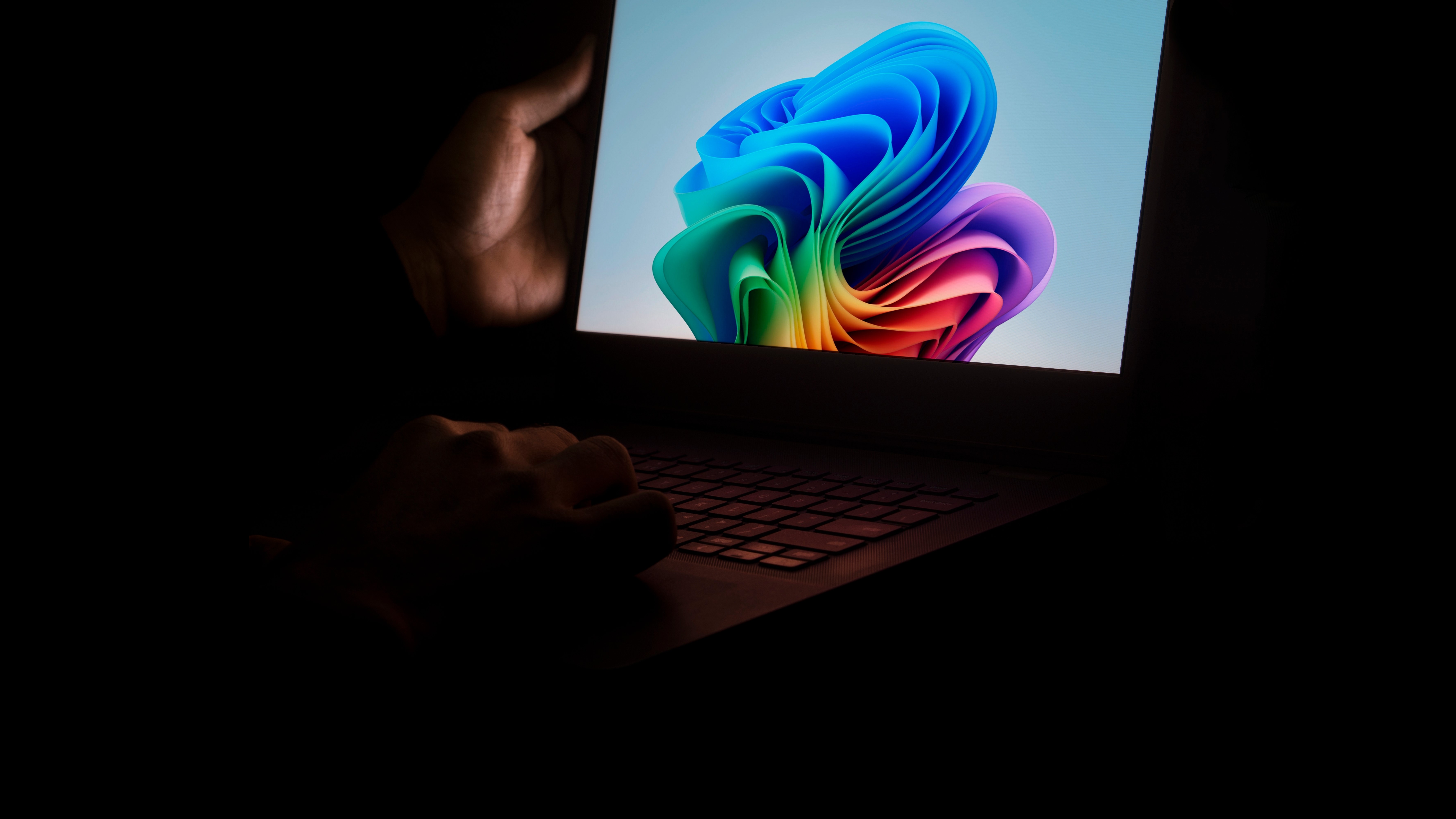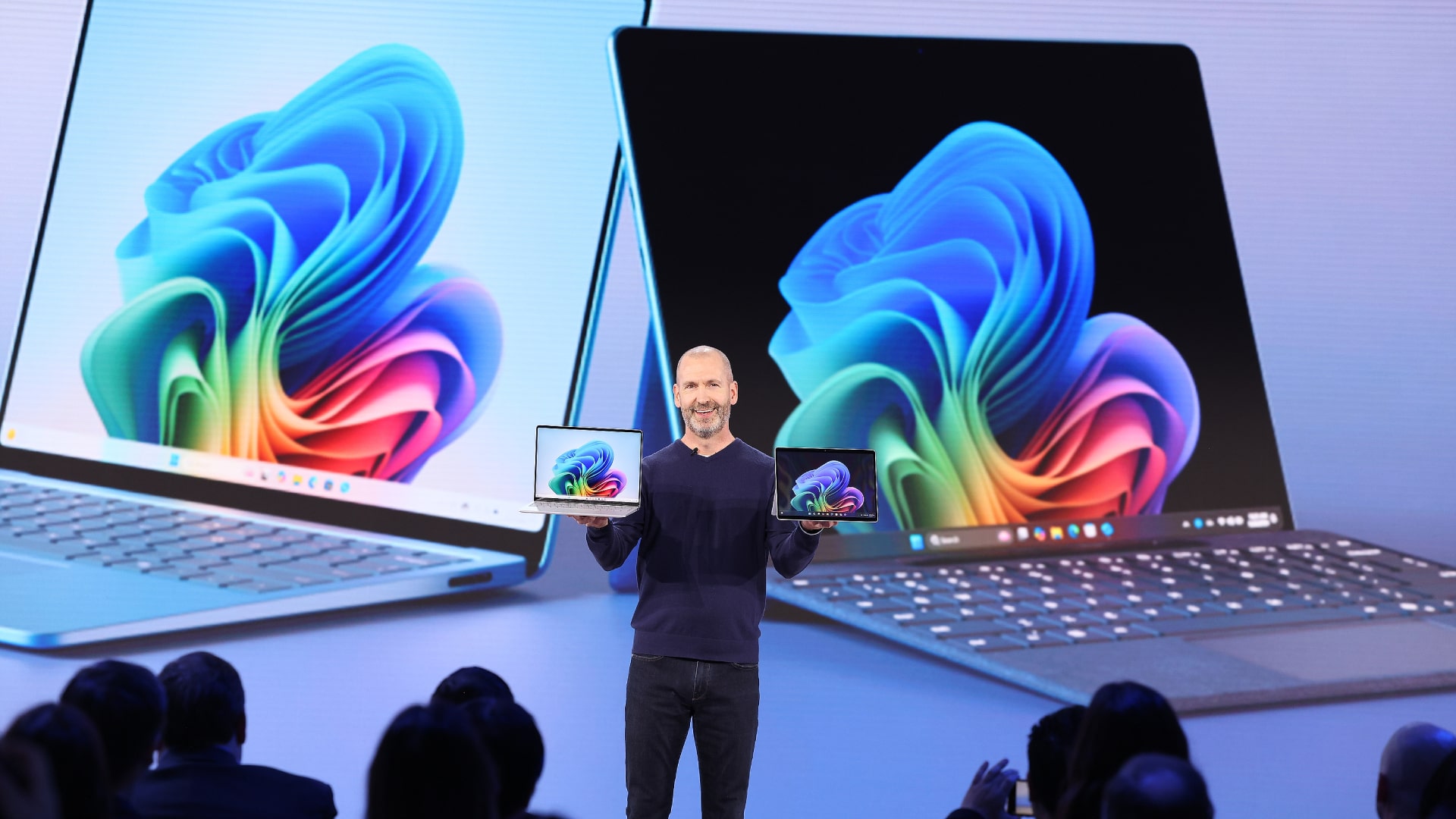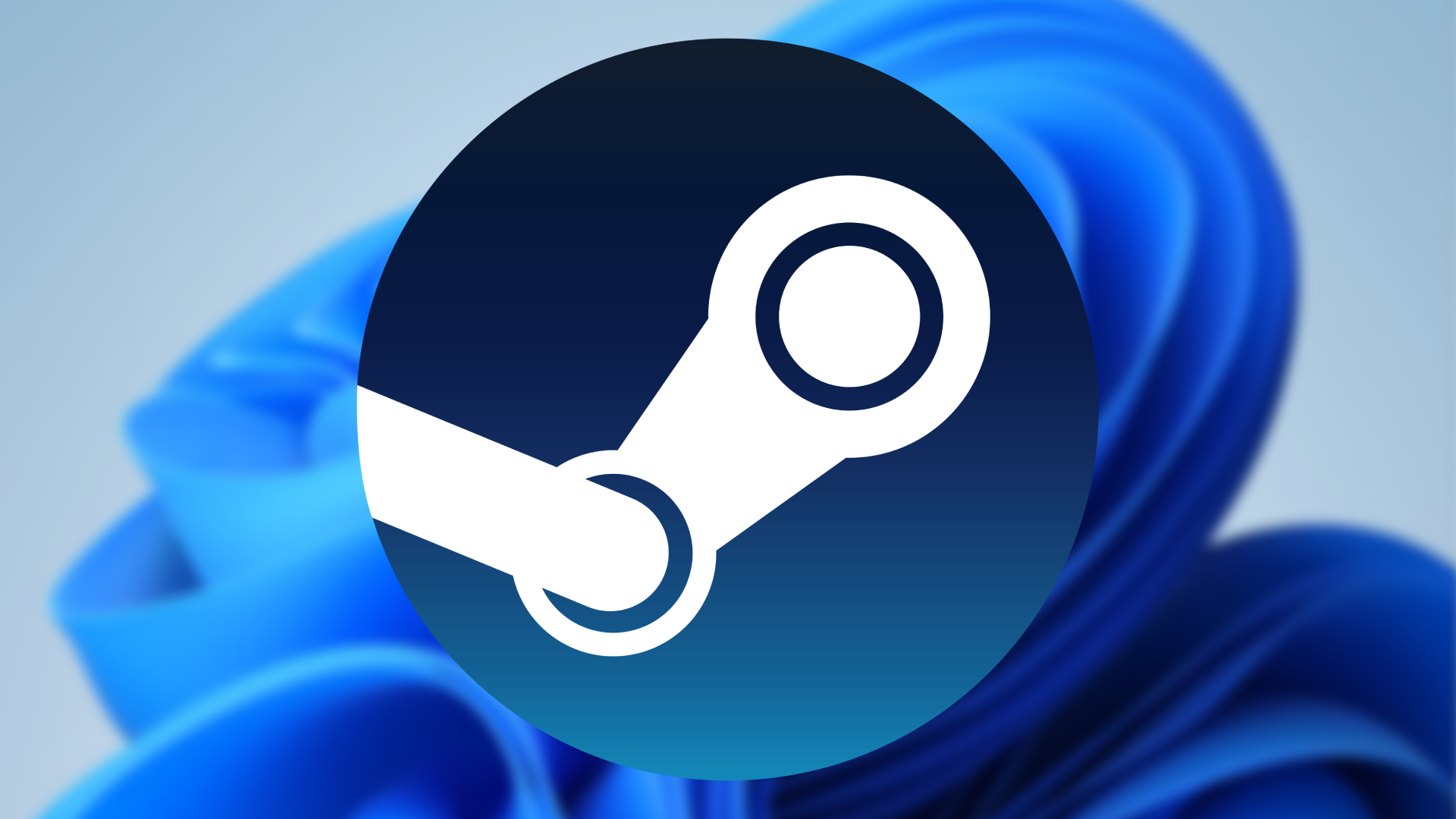The Microsoft Store has been rejigged with a nifty change to its interface, and it’s also set for a major performance boost in the future, all in a bid to modernize the app and make it more attractive to users.
Let’s start with the performance improvement, which Windows Latest noticed flagged up in a DevBlogs post. In that post, Microsoft revealed that it’s currently working to migrate the Microsoft Store to .NET 9, while also incorporating Native AOT in the ‘near’ future.
Native AOT refers to Ahead-Of-Time compilation, and we saw earlier this week that Microsoft plans to use this to speed up default Windows 11 apps like Photos and Phone Link.
So, the idea is that the latest version of the .NET framework will improve the overall performance of the Microsoft Store, and native AOT’s method of compiling code should mean that the store is faster to launch. Furthermore, you might even notice that pages within the Store are quicker to load.
A senior software engineer at Microsoft, Sergio Pedri, posted on X about this, confirming that the Microsoft Store will benefit from better performance thanks to these measures (as will other ‘large and complex’ apps in Windows 11, we’re told).
It is! I mention this in the blog post as well, we're currently working on migrating the Microsoft Store to .NET 9 and NativeAOT, and we're leveraging all this new tooling for that. That allows us to still make incremental progress for WinUI 3 and reduce risk in the migration 🙂September 11, 2024
This is part of an ongoing process to make the Microsoft Store better which is being implemented in a gradual way to reduce risks (throwing too many changes in at once is never the safest way to proceed, of course).
An interface change for more effective app management
As well as the enhancements to performance and loading times that are in the pipeline, the Microsoft Store has received some fine-tuning of its interface that’s in place right now.
With the latest update for the store, Microsoft has introduced a new ‘Downloads’ page that lets you keep track of and manage updates for apps you currently have installed, highlighting when they were last updated, as well as allowing you to check any available release notes. This is split off from the existing ‘Library’ page in the store which lists all the apps you’ve downloaded or purchased, and now has a handy search bar in place, as shown in screenshots provided by Windows Latest.
In the recent past, Microsoft has fired up a number of initiatives to improve the store, including previous efforts to speed up performance (and to get the store loading faster). However, the Microsoft Store has been regarded lukewarmly at best so far - but maybe steps like these will win more favor with Windows 11 users and make them change their minds about it.












